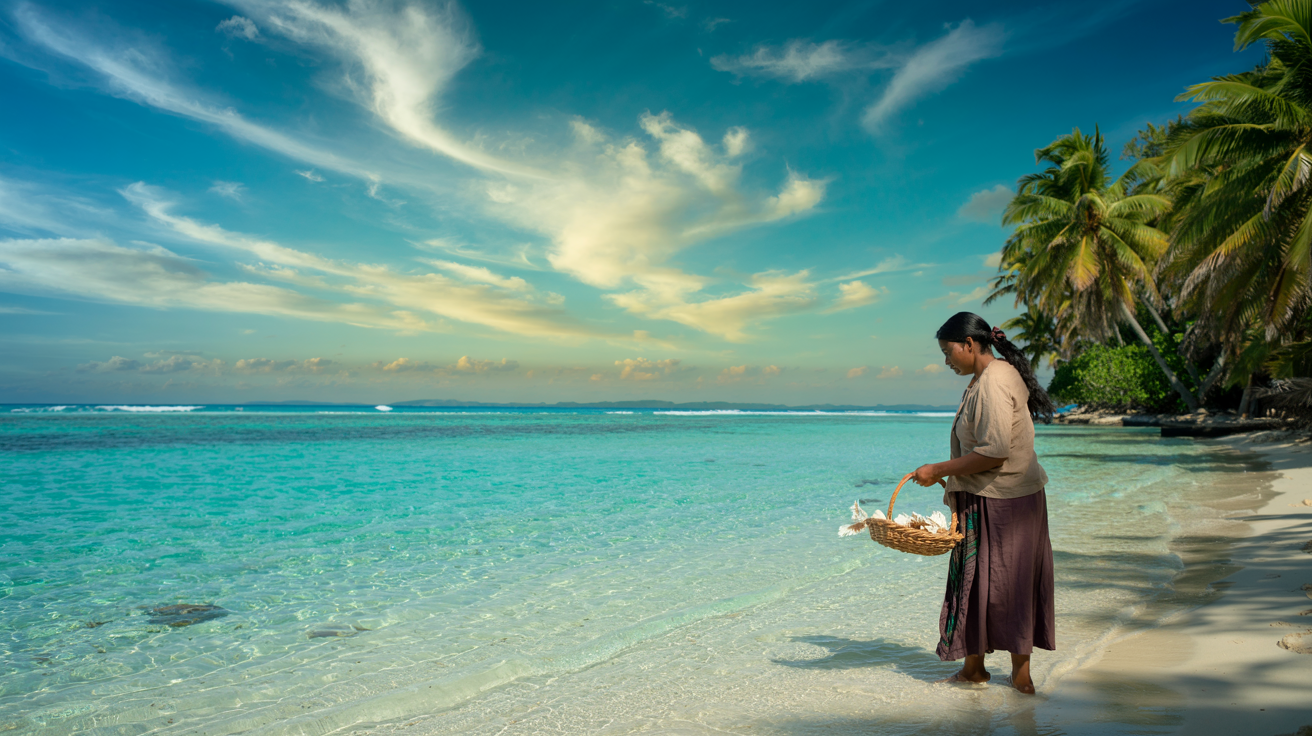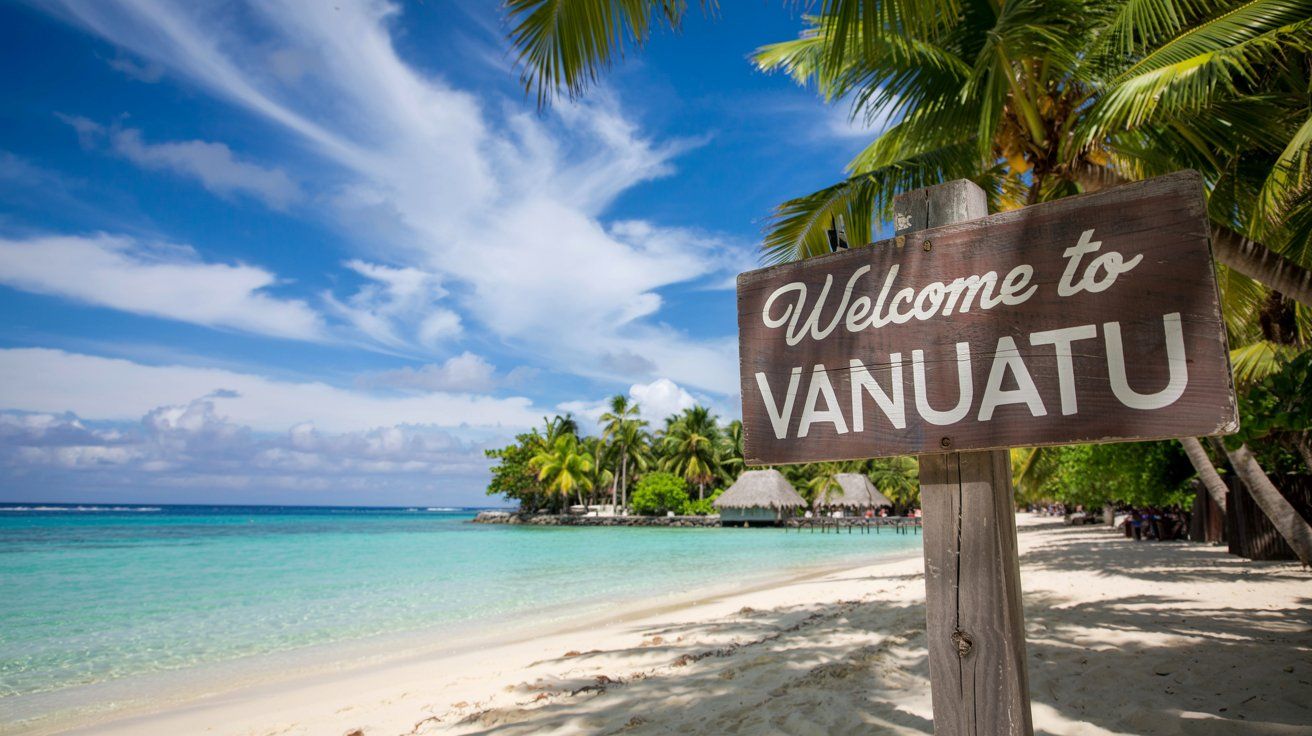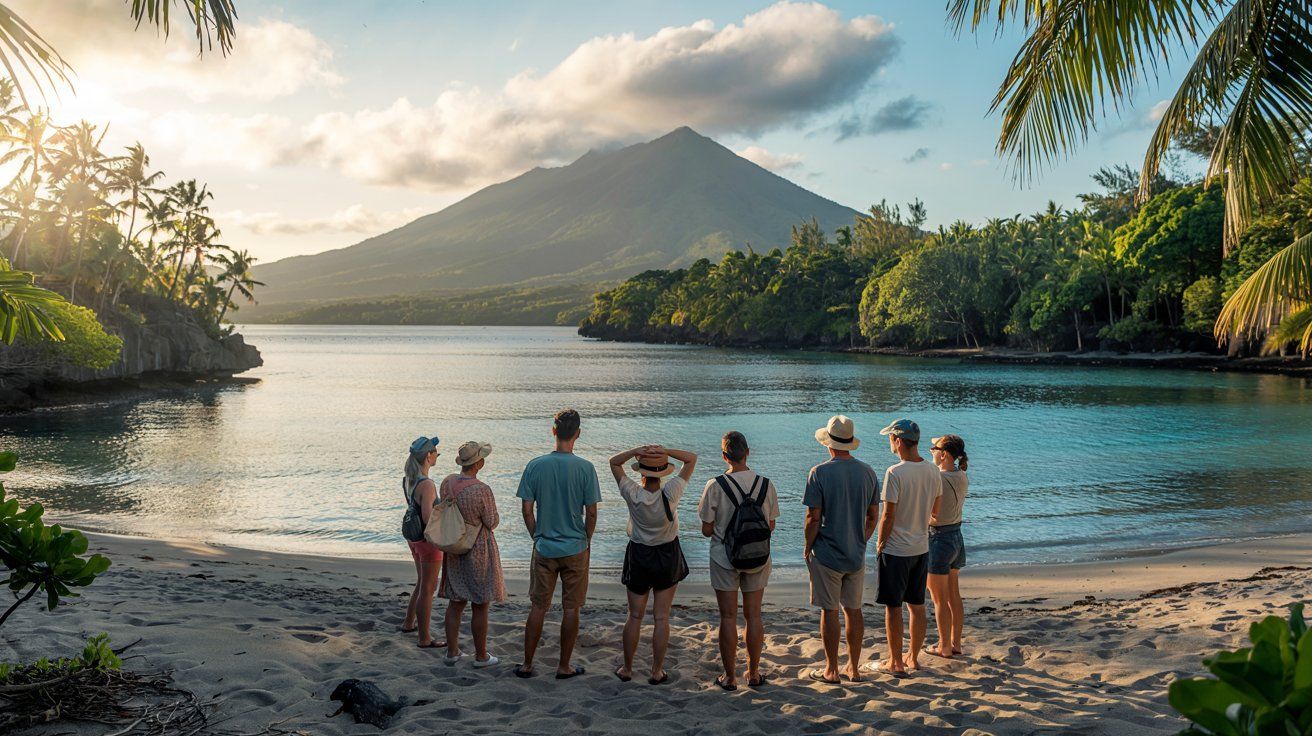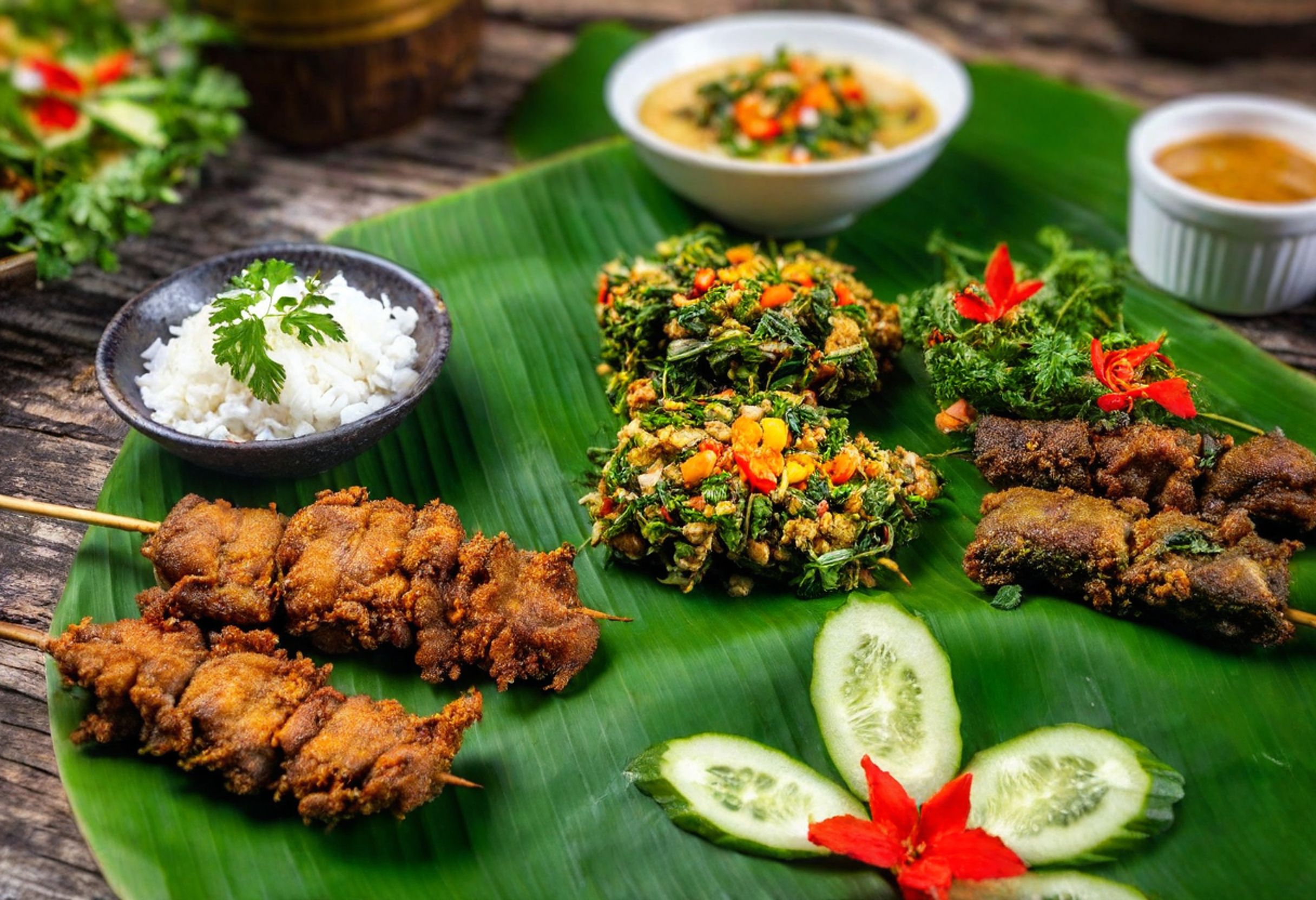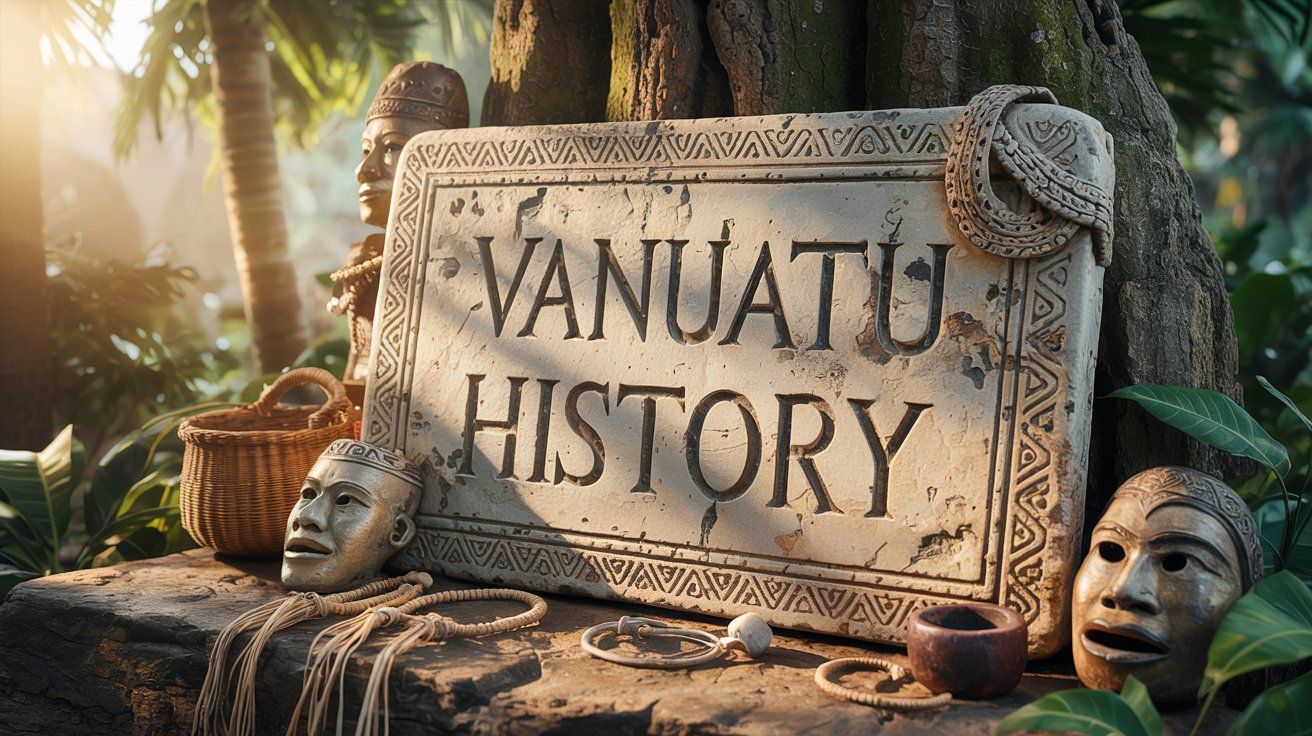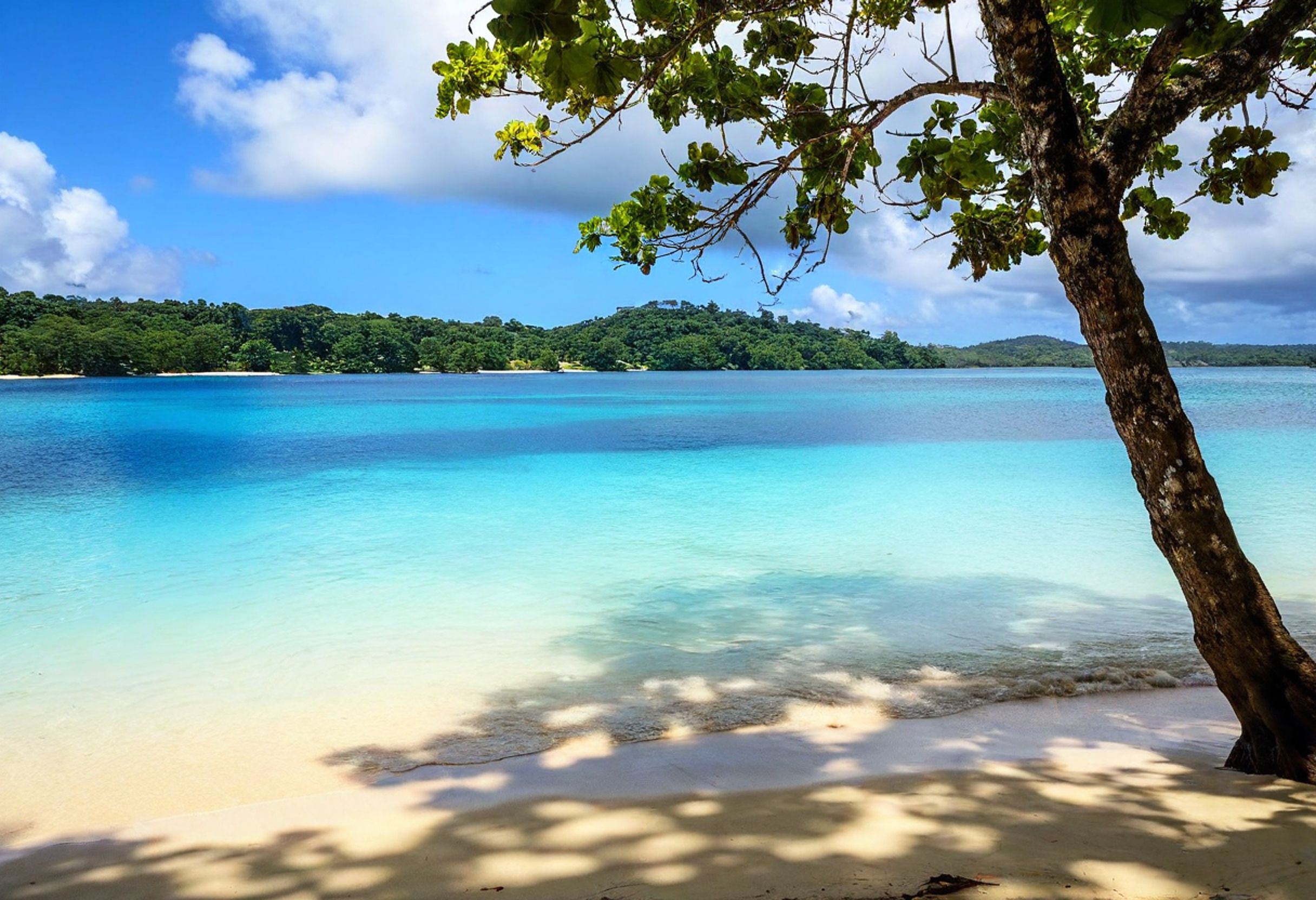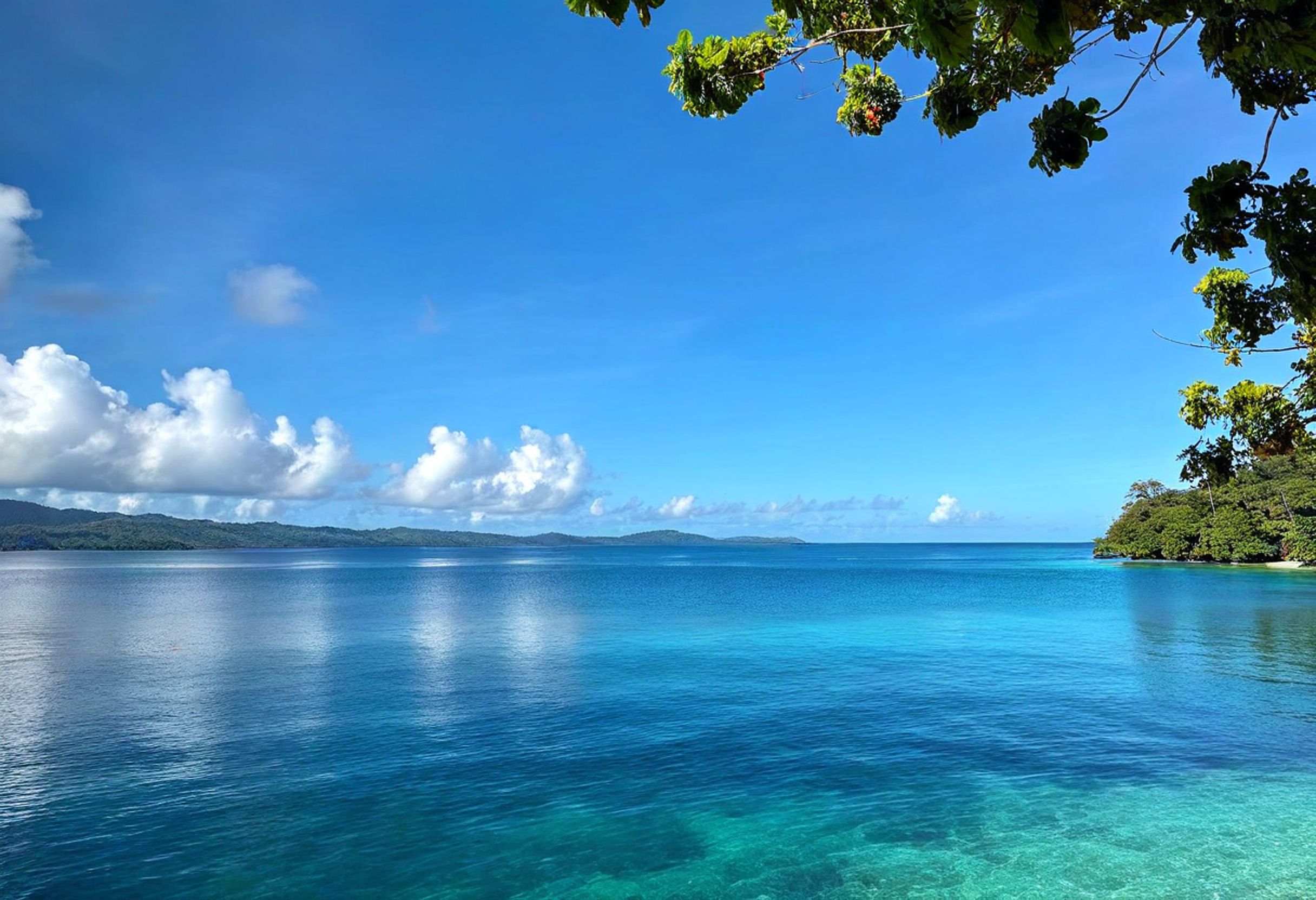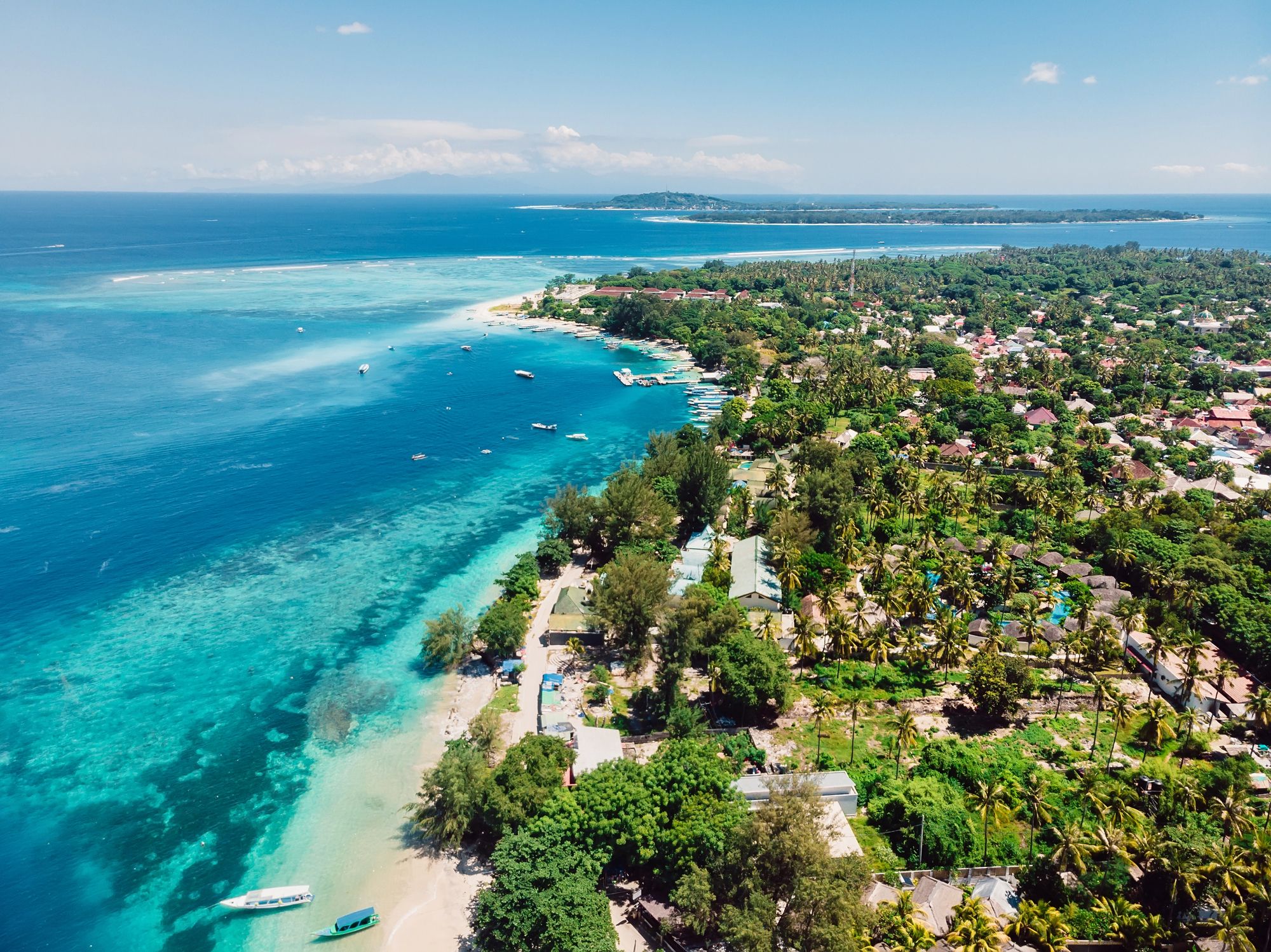This blog post explores the ongoing U.S.-led search for a missing sea ambulance in the Marshall Islands. It sheds light on the challenges of maritime rescue operations in remote Pacific waters.
The article details the collaborative efforts undertaken to locate the vessel. The sea ambulance was equipped with advanced communication and navigation systems. It ties these developments to broader issues encountered in similarly isolated regions such as Vanuatu.
This story serves as a stark reminder of the unpredictable nature of ocean travel. It also highlights the vital importance of emergency preparedness in the Pacific.
Understanding the Search for the Missing Sea Ambulance
On Monday, March 3, 2025, a 37-foot fiberglass sea ambulance departed from Majuro, the capital of the Marshall Islands, bound for Mili Atoll. The vessel was carrying four crew members on a tuberculosis screening campaign.
Departing at midday, the sea ambulance was scheduled to return by evening, but it never arrived at its destination. As of five days later, there have been no signs of the vessel despite extensive search efforts coordinated by the U.S. Coast Guard Joint Rescue Coordination Center in Honolulu.
Equipped but Silent: The Missing Vessel’s Mystery
A key detail of this search is that the vessel was reportedly outfitted with modern communication and navigation systems. Yet no distress signal was received. This puzzling silence has added layers of complexity to the operation.
Experts are now questioning whether equipment failure or other unforeseen circumstances might have played a role.
In situations like this, preparedness matters greatly. In remote regions like the Marshall Islands, where communities are linked primarily by water, any interruption in maritime travel can have profound implications for public health initiatives—like the tuberculosis screening this crew was supporting.
Vanuatu, with its similarly dispersed communities across island chains, can learn valuable lessons from these incidents.
The Scale of the Rescue Efforts
The search operation has been a coordinated, international endeavor. U.S. forces have deployed highly specialized aircraft, including a Navy P-8 Poseidon reconnaissance plane from Japan and a Coast Guard HC-130 Hercules aircraft from Hawaii.
On the ground, Marshall Islands Sea Patrol vessels are meticulously combing the waters. These vessels are deploying marker buoys equipped with GPS to refine search patterns and better track potential areas of interest.
Challenging Conditions Highlight the Region’s Vulnerabilities
Chief Warrant Officer Sara Muir acknowledged the daunting conditions of conducting search-and-rescue operations across the vast Pacific Ocean. The rugged, unpredictable nature of these remote waters poses significant obstacles.
Such challenges are not unique to the Marshall Islands. They mirror the difficulties experienced in places like Vanuatu—a nation of scattered islands where access to medical services can be restricted by geographical isolation and unpredictable weather systems.
Why This Story Matters: Navigating the Remote Pacific
While the search for the Marshall Islands sea ambulance continues, it highlights critical concerns shared among Pacific nations. Remote locations like Vanuatu and the Marshall Islands face logistical challenges in providing essential services, especially healthcare.
The reliance on maritime travel for communication between islands means that safety and emergency protocols must always be prioritized.
Lessons for Vanuatu: Emergency Preparedness Is Key
For travelers and residents in Vanuatu, this case is a wake-up call about the unpredictable nature of Pacific waters. It underscores the importance of stringent communication practices, regular equipment checks, and robust navigation systems.
Whether you’re a tourist island-hopping in Vanuatu or a local navigating inter-island routes for daily life, knowing your options in an emergency situation could save lives.
In Vanuatu, efforts to improve maritime safety include the promotion of international partnerships, similar to the ones driving the search for the missing Marshall Islands vessel.
Collaborative training programs, investment in satellite communication technology, and enhanced support for search-and-rescue infrastructure could strengthen emergency response across the region.
Final Thoughts: From the Marshall Islands to Vanuatu
The search for the missing Marshall Islands sea ambulance is a poignant reminder of how small island nations must rely on collective resilience when faced with maritime emergencies.
For Vanuatu, incidents like this emphasize the shared challenges encountered in the Pacific and the importance of preparedness when navigating the region’s waters.
Whether you’re a visitor interested in Vanuatu travel or a local resident, understanding the risks—and how they’re mitigated—can offer peace of mind and ensure smoother journeys.
Are you planning your next adventure in Vanuatu?
Stay informed and explore remote shores responsibly.
From white sand beaches to active volcanoes, Vanuatu’s treasures are worth the effort—but don’t forget to consider safety as part of your travel plan.
Here is the source article for this story: US, Marshall Islands search vast Pacific sector for missing sea ambulance

